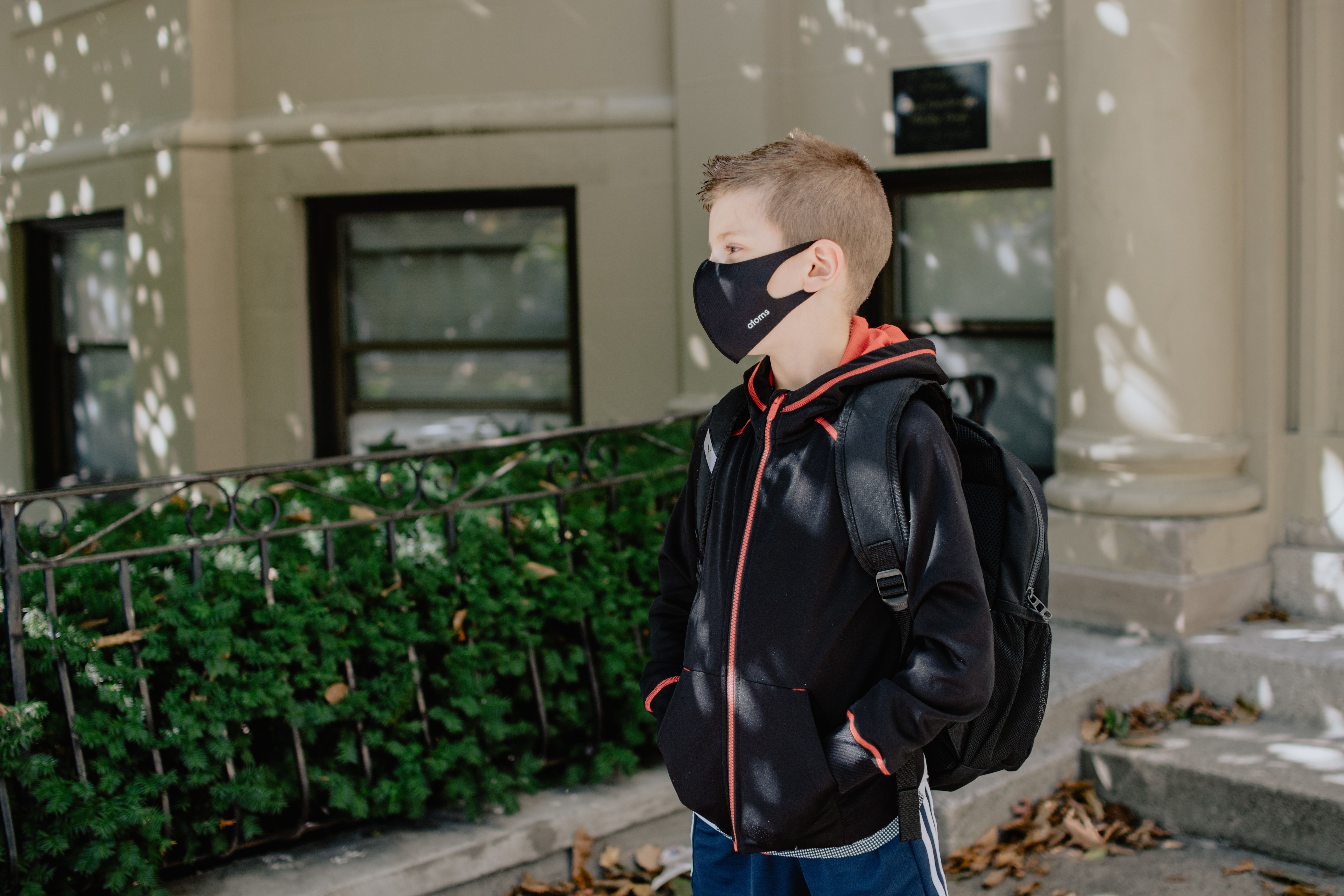Neutralizing Antibodies in Children a Year After COVID-19 Infection
At 1 year after COVID-19 infection, children’s neutralizing antibodies only differed by vaccination status.

Though once erroneously believed to be incapable of contracting COVID-19, we now know children are infected at the same rate as adults. What remains unknown are the specific immune responses to COVID-19 in pediatric patients.
Prior research has suggested mildly symptomatic children produce more anti-COVID-19 NAbs than adults. One study, presented this week at the 40th Annual Meeting of the European Society for Pediatric Infectious Diseases (ESPID), examined COVID-19 neutralizing antibodies (NAbs) in children 1 year after infection.
The investigators conducted a multicenter prospective analysis of clinical records and blood samples from children (younger than 18 years) who contracted COVID-19. The children were admitted to the Luigi Sacco and Vittore Buzzi hospitals in Milan, Italy between February 21-May 1, 2020.
Using SARS-CoV-2 neutralization assay (NTA), the investigators evaluated the neutralizing activity of blood plasma collected 12 months after COVID-19 infection. The investigators also collected and characterized data about COVID-19 infection severity and vaccination status.
A total of 17 children were included in the analysis, 10 of whom were male. The children were split into 3 different age categories: preschooler children (0-5 years), school-age children (6-12 years), and adolescents (12 years and older). The average age of the cohort was 8 years old. Of the children, 5 had a COVID-19 infection characterized as severe or critical, including respiratory failure or myocardial dysfunction. Only 3 of the children were vaccinated against COVID-19 at the time of blood sample collection.
Maximum neutralizing activity (1280) was found in the vaccinated children; among the unvaccinated children, maximum neutralizing activity was 320. The average neutralizing activity of the cohort was 330 overall, and 90.3 if the vaccinated children were excluded from consideration. The COVID-19 vaccinated children, all 3 of whom had also recovered from infection a year earlier, had an increased humoral response after receiving the vaccine.
The investigators noted there were no significant differences in COVID-19 neutralizing activity across different ages. Activity did increase with age, but this trend was not maintained if the vaccinated children were excluded.
Additionally, if the vaccinated children were excluded from analysis, there were no significant differences among COVID-19 neutralizing activity between children with a prior paucisymptomatic or moderate infection and those with a severe or critical infection.
The investigators concluded that neutralizing antibodies in children a year after COVID-19 infection differed most significantly by vaccination status. They recommended further study into differences in neutralizing activity by age with a larger cohort.
This study, “SARS-CoV-2 Neutralizing Antibody in children after 12 months from acute infection” was presented during the 40th Annual Meeting of the European Society for Pediatric Infectious Diseases (ESPID), held online and in Athens, Greece from May 9-13, 2022.
